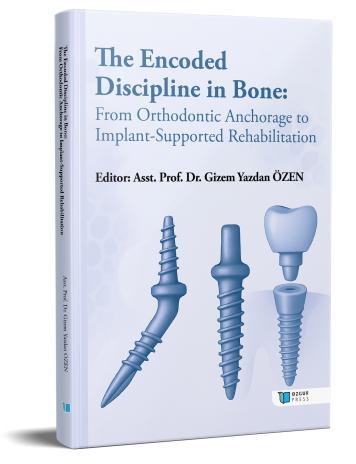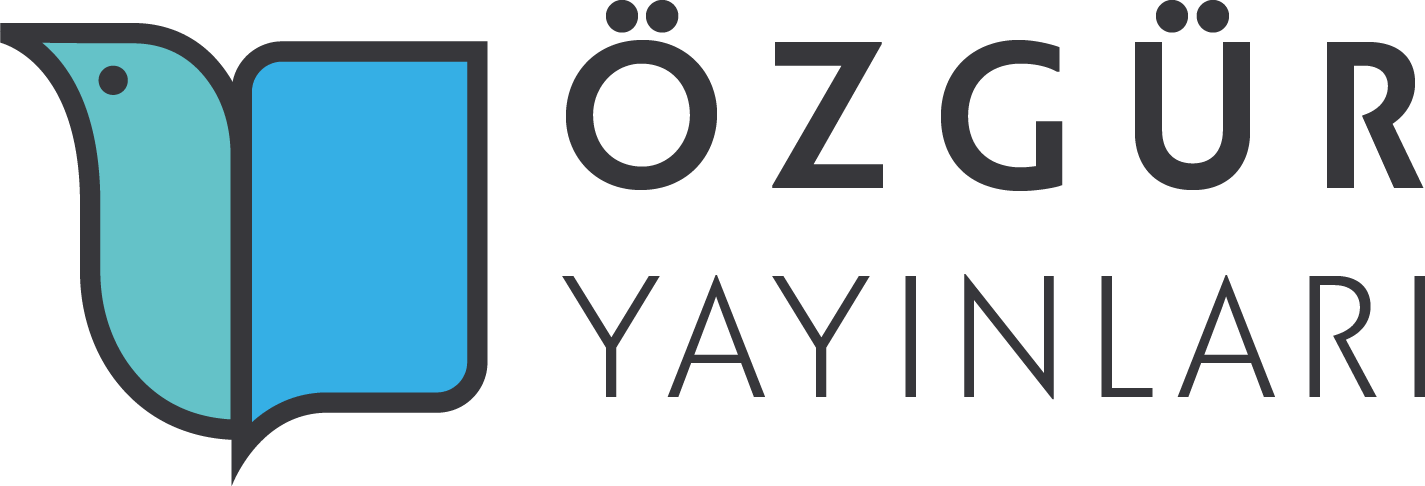
Biological Foundations of Osseointegration: From the Bone–Implant Interface to Clinical Success
Şu kitabın bölümü:
Özen,
G.
Y.
(ed.)
2025.
The Encoded Discipline in Bone: From Orthodontic Anchorage to Implant-Supported Rehabilitation.
Özet
This chapter offers a concise, multi-level overview of osseointegration, from cellular and molecular mechanisms to clinical applications. Originally defined by Brånemark and later refined by Albrektsson, osseointegration is now viewed as a dynamic healing cascade essential to implant success. Early healing stages—protein adsorption, osteogenic cell migration, and bone formation—are thoroughly outlined. Key implant surface modifications, including SLA, hydrophilic treatments, nanostructures, calcium phosphate coatings, and antimicrobial films, are examined for their effects on osteogenesis and biofilm control. The role of stable peri-implant soft tissue, particularly keratinized mucosa and mucosal thickness, is emphasized for its protective impact on marginal bone and esthetic outcomes.Peri-implantitis is explored through microbial and host-response interactions, with a focus on clinical risk factors, SIT protocols, and platform-switching strategies. Adjunctive laser treatments are briefly assessed based on current evidence.The chapter concludes by framing osseointegration as a dynamic, patient-specific process—integrating immunological compatibility, digital planning, and microbiome-based diagnostics—reflecting a shift toward biologically and technologically driven implant success.

